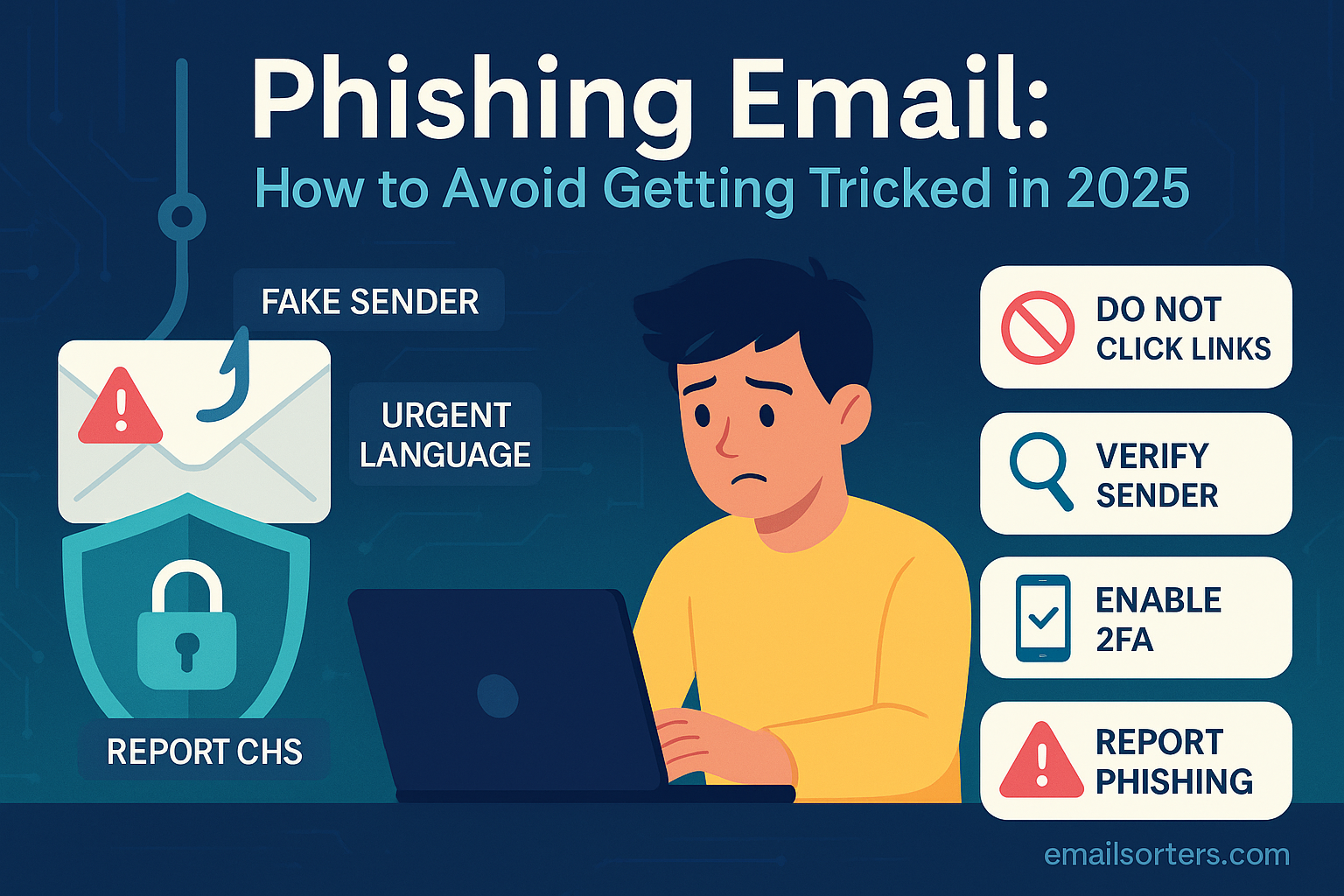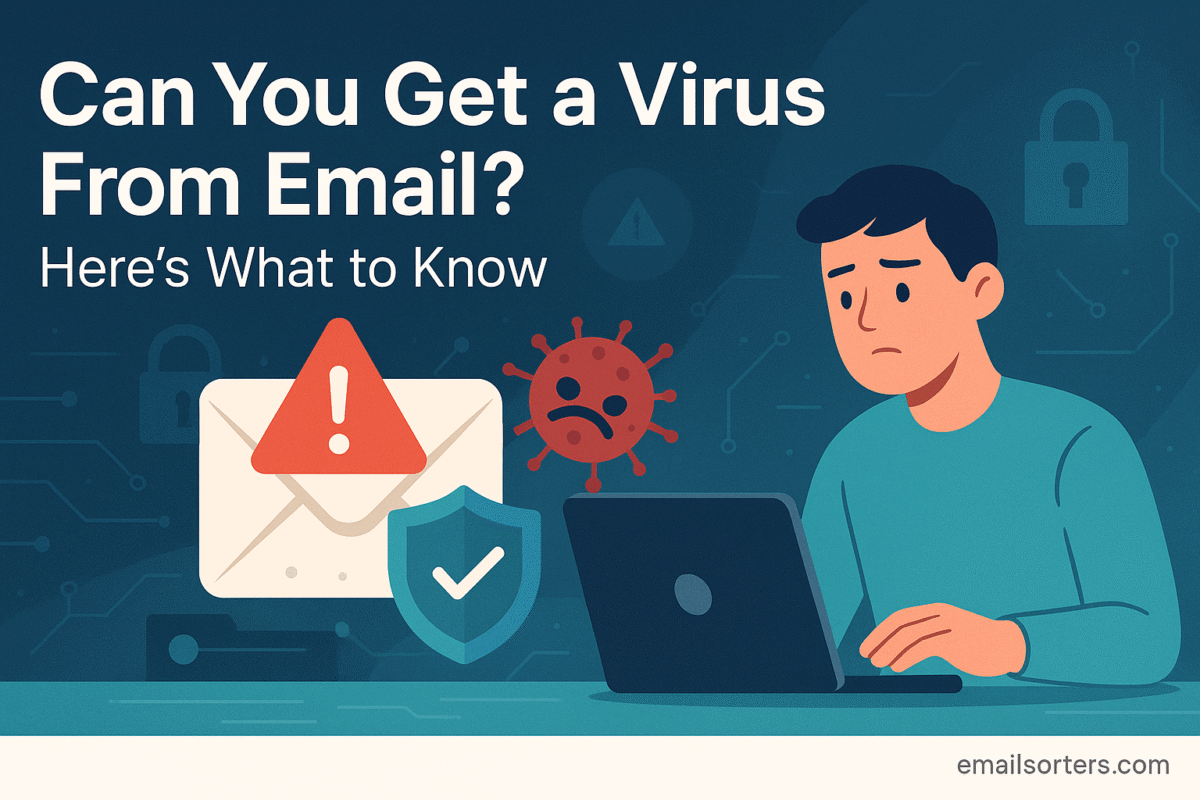Discovering Gmail’s New “Manage Subscriptions” makes it simple to control unwanted emails in one easy dashboard. For years, users have navigated a maze of hidden links and confusing processes to unsubscribe from mailing lists. This is all about to change. Gmail is rolling out a new feature designed to give users unprecedented control over their inbox. The new dashboard for managing subscriptions centralizes all your email lists in one place, making it easier than ever to see who is sending you mail and to opt out with a single click.
This update represents a significant shift in the email landscape. It is the latest in a series of moves by major tech platforms to prioritize user privacy and control. For billions of Gmail users, this means a cleaner, more relevant inbox. For email marketers, it signals a clear mandate: provide value, or risk being removed from the conversation. This guide will explore what the new dashboard is, how it works, and what it means for both consumers and the brands that communicate with them.
What is Gmail’s “Manage Subscriptions” dashboard?
Gmail’s “Manage Subscriptions” dashboard is a new, centralized hub designed to simplify the unsubscribe process for users. Instead of forcing users to hunt for the tiny “unsubscribe” link buried in the footer of a marketing email, this feature consolidates all of a user’s mailing list subscriptions into a single, easy-to-navigate interface. Its primary purpose is to empower users by giving them a transparent and comprehensive view of every sender they are subscribed to, along with a simple way to opt out.
The dashboard will prominently display a list of companies that send you promotional or marketing emails. Next to each sender, you will likely see information about the frequency of their emails and a clear “Unsubscribe” button. This one-click process is a dramatic improvement over the traditional method, which often involved clicking a link, being taken to a new webpage, and sometimes even needing to log in or confirm your email address again. The new system removes these barriers, making the act of unsubscribing as simple as deleting a message.
How to access and use Gmail’s subscription dashboard
Accessing the new dashboard is designed to be intuitive and straightforward. While the exact location may be refined during rollout, the feature will be easily accessible from within the main Gmail interface on both desktop and mobile.
The first step is to open your Gmail account. You will likely find the “Manage Subscriptions” option within the settings menu or as a prominent link at the top of the Promotions tab. Once you click it, you will be taken to a new screen that displays all your active subscriptions.
This screen will present a list of every sender that Gmail has identified as a subscription-based mailing list. You can scroll through this list to see who has permission to send you marketing content. For each entry, you will be able to see the sender’s name and email address. The key action here is the “Unsubscribe” button next to each sender. Clicking this button will initiate the unsubscribe process automatically, sending the necessary request to the sender without you ever having to leave Gmail. Some senders who have set up more advanced preference centers may also offer a link to change your preferences, allowing you to reduce email frequency instead of unsubscribing completely.
Benefits of the dashboard for Gmail users
This new feature introduces a host of benefits for the end-user, all centered around creating a more controlled and pleasant inbox experience. It fundamentally shifts the power dynamic from the marketer to the consumer.
The most immediate benefit is easy control over inbox clutter. With a centralized view, users can quickly identify and remove unwanted subscriptions that have accumulated over years, leading to a significantly cleaner and more relevant inbox. This faster unsubscribing experience saves time and removes the friction that previously discouraged users from managing their lists.
Furthermore, this transparency improves the sense of privacy and trust between the user and the platform. Knowing that you can easily see and control who is sending you email builds confidence. Ultimately, the dashboard leads to a substantial reduction in unwanted marketing emails, allowing users to focus on the messages that truly matter to them. It is a powerful tool for taking back control of your digital life.
Who will this affect?
The impact of this new feature will be felt across the entire digital ecosystem. With a user base numbering in the billions, any change to the Gmail platform has massive ripple effects.
The primary group affected is, of course, Gmail users. They will gain a powerful new tool for inbox management, simplifying a previously tedious task. This will likely lead to a collective “spring cleaning” of inboxes worldwide as users discover and utilize the new dashboard.
The second, and perhaps most profoundly affected group, is brands and email marketers. The higher visibility of the unsubscribe option means that there will be a reduced tolerance for irrelevant or overly frequent content. Marketers can no longer rely on the inertia of their subscribers. Every email will be judged on its value, and if it fails to deliver, unsubscribing will be just a click away. This change forces a shift in strategy, rewarding brands that have built trust and punishing those that have not.
Timeline for rollout & availability
As is typical with major platform updates, Google is expected to roll out the “Manage Subscriptions” dashboard gradually. This phased approach allows the company to test the feature, gather feedback, and ensure a stable experience before making it available to all users.
The rollout will likely begin with a small percentage of personal Gmail accounts, possibly in specific regions or language settings first. Over the following weeks and months, availability will expand to a wider audience. Eventually, it is expected to become a standard feature for all personal Gmail accounts globally. The timeline for its introduction to Google Workspace business accounts may differ. While the exact dates are not yet public, the direction is clear, and it is imperative for email marketers to begin preparing for its impact immediately.
What does it mean for email marketers?
For email marketers, this new dashboard is a game-changer. It represents the most significant shift in the user’s ability to manage subscriptions in years. The most immediate and expected impact is an increase in unsubscribe rates, particularly for brands that send low-value or poorly targeted content. When the option to opt out is frictionless, subscribers will not hesitate to use it.
However, this feature also presents an opportunity. It reinforces the importance of trust, transparency, and value-driven email campaigns. Marketers who have focused on building a loyal audience through relevant, personalized content may see less of an impact. It also highlights the critical difference between an unsubscribe and a spam complaint. This dashboard encourages users to formally unsubscribe, which is a neutral signal to email providers. This is far better than a frustrated user marking an email as spam, which is a highly negative signal that can severely damage a sender’s reputation and future deliverability. For a more detailed look at email platforms, check out this Gmail overview.
Risks for marketers who don’t adapt
Brands and email marketers who fail to adapt to this new subscriber-controlled reality face significant risks. Ignoring the implications of the “Manage Subscriptions” dashboard can lead to a rapid decline in the effectiveness of their email marketing programs.
The most direct risk is higher churn rates and shrinking email lists. As it becomes easier to unsubscribe, lists that are not providing consistent value will see a steady exodus of subscribers. This list attrition is costly, as acquiring a new subscriber is far more expensive than retaining an existing one.
Beyond list size, there is a serious risk of damage to sender reputation and domain trust. If users find it easier to click “spam” than to find the dashboard, a brand’s deliverability will suffer. This means that even emails sent to engaged subscribers are more likely to land in the Promotions or Spam folder, rather than the primary inbox. Ultimately, this leads to a significant competitive disadvantage against brands that optimize their strategies early and build a foundation of trust with their audience.
How Gmail’s dashboard compares to other email platforms
While Gmail’s new dashboard is a significant step, it is part of a broader industry trend toward user empowerment and privacy. Other major email platforms have already implemented features that move in this direction.
Apple Mail has been a leader in this space with its privacy protections. Features like “Hide My Email” allow users to create burner addresses, while “Mail Privacy Protection” prevents senders from knowing if or when an email has been opened.
Other providers like Outlook, and those in this AOL Mail overview and Yahoo Mail guide, have for years made the unsubscribe link more visible by surfacing it at the top of the email. This was a direct precursor to the dashboard concept. Gmail’s unique positioning is its scale and the integration of this feature into a single, comprehensive dashboard, which is likely to have a more profound and widespread impact than the piecemeal approaches of its competitors.
Adapting your strategy to minimize unsubscribes
To thrive in this new environment, marketers must shift their focus from batch-and-blast campaigns to a more sophisticated, subscriber-centric approach. Minimizing unsubscribes is no longer about hiding the link; it is about making your emails too valuable to leave.
This starts with deep personalization and segmentation. Marketers need to go beyond using a subscriber’s first name and tailor content to their specific interests, purchase history, and engagement level. AI-driven insights can help send messages at the optimal time with the right content for each individual.
Furthermore, a shift toward journey orchestration is key. Instead of one-off campaigns, marketers should design automated journeys that nurture the subscriber relationship over time. This includes balancing email with other channels like SMS or push notifications, which can be managed with tools like Messages (Apple). Finally, frequency management is crucial. Giving users control over how often they hear from you via a preference center can be the difference between a happy subscriber and an unsubscribe. This also involves managing your contacts effectively, which you can learn more about in this guide on how to add Gmail contacts.
Real-world examples of the impact
While the dashboard is new, we can predict its impact based on past industry trends. Consider a hypothetical retail brand that sends a generic “20% off” email to its entire list every single day. Initially, this strategy might generate some sales, but it quickly leads to subscriber fatigue. Once the new dashboard rolls out, a user who is not ready to buy will simply open the dashboard and click “Unsubscribe.” The brand will see a massive spike in churn, and their list will shrink rapidly.
Now, consider a media company that uses segmentation. It knows which subscribers are interested in technology news and which are interested in movie reviews. It sends tailored weekly digests to each group. Because the content is consistently relevant and valuable, these subscribers are far less likely to unsubscribe, even with the new dashboard making it easier. The media company will retain its audience and build a stronger, more loyal relationship with its readers. For a broader context, it’s useful to understand the subscription business model.
Best practices checklist for marketers
To prepare for the full rollout of Gmail’s “Manage Subscriptions” dashboard, every email marketer should take immediate action. This checklist provides a clear starting point for auditing and improving your email program.
- Audit your current unsubscribe process: Ensure your own unsubscribe link is clear, simple, and works with a single click.
- Review frequency and relevance of campaigns: Analyze your sending schedule and content to identify areas of potential subscriber fatigue.
- Segment by engagement level: Create segments for your most engaged fans and your at-risk subscribers, and tailor your strategy for each.
- Test subject lines & content quality: Continuously optimize your emails to provide maximum value and capture attention in a crowded inbox.
- Offer preference centers: Give subscribers the option to choose which topics they want to hear about and how often they receive emails.
Conclusion
Gmail’s new “Manage Subscriptions” dashboard is more than just a feature; it represents a fundamental shift toward consumer empowerment in the digital world. The days of relying on hidden unsubscribe links and subscriber apathy are over. This change forces marketers to earn their place in the inbox with every single email they send.
While it may present short-term challenges, this is ultimately a positive development for the email marketing industry. It provides a powerful incentive to move away from outdated, volume-based tactics and toward a more sophisticated, value-driven approach. The opportunity is to build deeper trust and loyalty by consistently delivering relevant, targeted, and welcome content. The time to act is now. Review your subscription practices, audit your email frequency, and optimize your segmentation before this feature fully rolls out to your audience.




